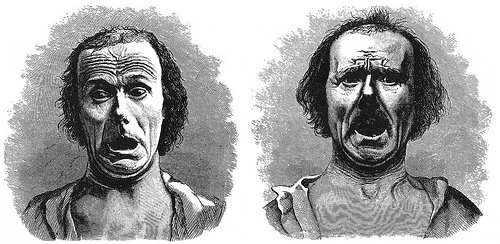I take it you already know
Of tough and bough and cough and dough.
Others may stumble, but not you,
On hiccough, thorough, laugh, and through.
Well done! And now you wish, perhaps,
To learn of less familiar traps.
Beware of heard, a dreadful word,
That looks like beard and sounds like bird.
And dead—it’s said like bed, not bead,
For goodness’ sake, don’t call it deed!
Watch out for meat and great and threat,
(They rhyme with suite and straight and debt).
A moth is not a moth in mother,
Nor both in bother, broth in brother.
And here is not a match for there,
Nor dear and fear for bear and pear.
And then there’s dose and rose and lose—
Just look them up—and goose and choose.
And cork and work and card and ward,
And font and front and word and sword.
And do and go and thwart and cart—
Come, come, I’ve hardly made a start!
A dreadful language? Why, man alive!
I’d mastered it when I was five!
— Anonymous

